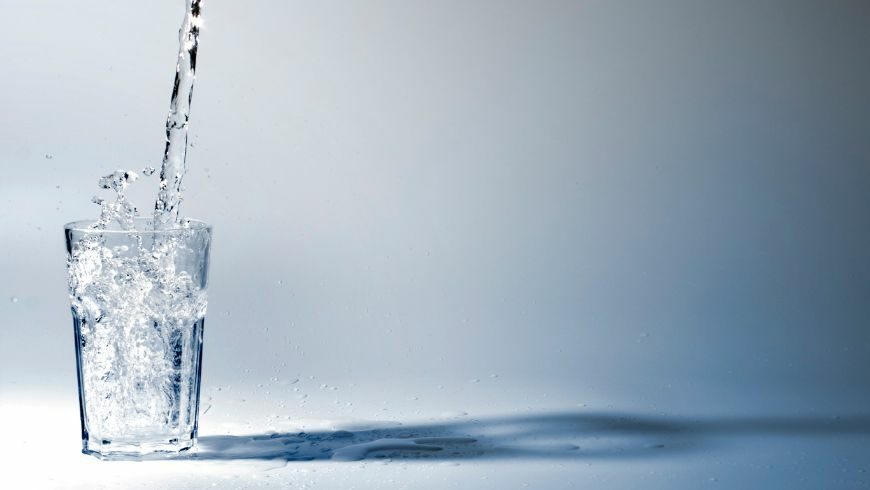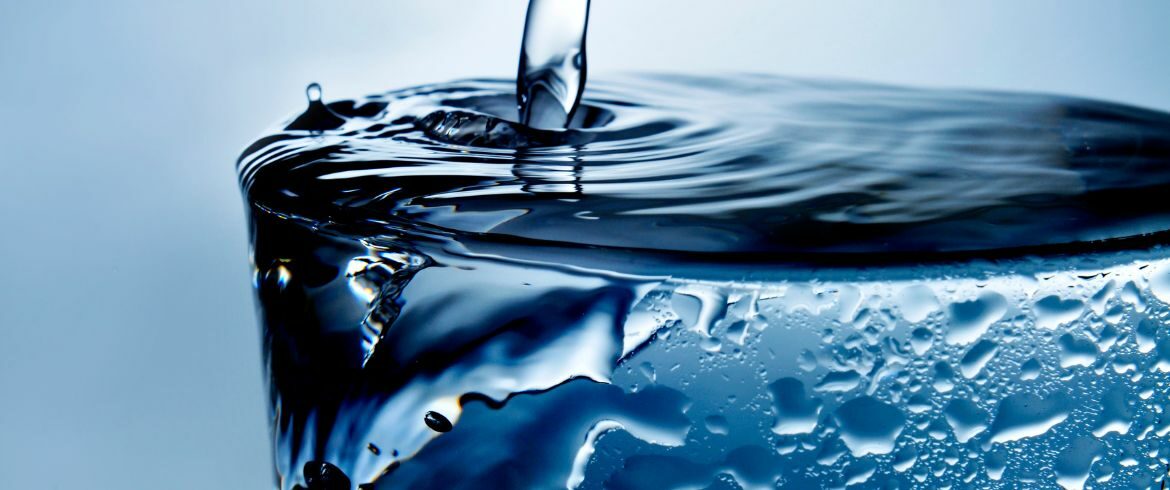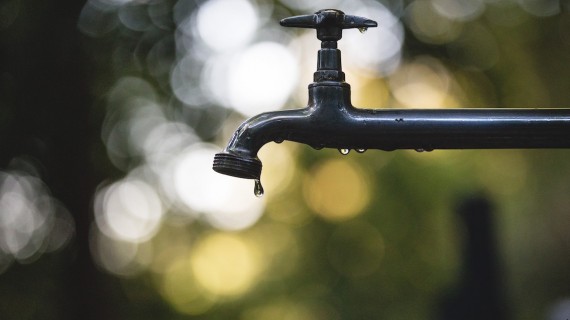Several innovations are available to carry out effective water purification, but many aren’t sustainable or eco-friendly. Many water treatment methods waste water, use chemicals to purify water, and consume high amounts of energy. Because our climate is rapidly changing, these non-sustainable purification methods are no longer sufficient, and it’s time to look into sustainable options.
A handful of sustainable water purification methods are available, and some can even be used in homes or hotels. In this article, we’ll be exploring a few of such technologies.
5 Sustainable Water Treatment Methods Available for Domestic Use
For a water purification method to be sustainable, it should have less impact on the environment, have little to no carbon footprint, and be accessible to every community. Here are a few purification techniques that fit the criteria:
1. Ultrafiltration
The ultrafiltration process is much like reverse osmosis since it uses a membrane filter to purify water. The difference is that in ultrafiltration, the membrane pore sizes are larger.
In ultrafiltration systems, hydrostatic pressure is used to push water across the semipermeable membrane. The water then flows through the membrane, clear and purified. At the same time, particles of high molecular weight, like sediments and suspended solids, are left behind. As a result of this process, ultrafiltration removes impurities like silt, sediments, bacteria, viruses, and proteins, among other contaminants. Ultrafiltration systems do not filter chemicals from water, but you can combine them with other filters.
It’s a sustainable purification method because it doesn’t use chemicals to purify water, uses less energy, and is highly effective in removing microbes and particles from water. Ultrafiltration is also sustainable because it effectively converts wastewater and seawater to fresh, clean water that can be diverted to different uses.

2. Ceramic Water Filtration
Ceramic water filtration is one of the few technologies that use natural media to purify water. Ceramic water filters filter bacteria and sediments using ceramic media. They work by passing water through the tiny pores in the ceramic filter candle (cartridge) so that impurities are trapped along the way as the water passes through the complex system of pores.
As a result of the minute size of the pores, most sediments and bacteria are removed from the water. Ceramic filters are available in a variety of sizes and applications. They come as point-of-use systems or portable devices, which makes them economical options. Some of their models don’t even require electricity to operate.
In summary, ceramic water filters use natural materials, reduce waste, are environmentally friendly, and can easily be reused.
3. Ultraviolet Water Purification
Ultraviolet water purifiers are one of the most eco-friendly systems available. They don’t produce waste water or use chemicals that harm the environment.
They work by passing ultraviolet (UV) light through water. This UV light has a germicidal frequency that renders microorganisms in the water inactive, making them incapable of multiplying or transmitting diseases.
UV water purifiers are available as point-of-use and point-of-entry systems, so you have different options if you decide to get one. (Which one to get? You can find reviews of some of the best UV water filters on BOS.)

4. Activated Carbon Filtration
Activated carbon filters are another group of filters that use natural media. They are made from renewable materials like wood, nut shells, bamboo, or coconut shells. These materials are burned to produce charcoal which has an adsorbent quality (meaning it can trap substances on its surface).
When water passes through an activated carbon filter, the charcoal in its cartridge traps impurities like sediments, chlorine, pesticides, and heavy metals, leaving clean water to pass through.
Activated carbon filters are sustainable water treatment options because they replace plastics and are often made from recycled wood. Also, they are often reusable once the impurities they have adsorbed are released from their surface.
5. Charcoal Water Filtration
Charcoal water filters work by the same principle activated carbon filters use – by adsorbing impurities to their surface. They are also made from sustainably sourced wood materials. The contaminants they remove include toxins like lead, chlorine, or pesticides in water. The only difference is that they are not incorporated into a filtration system like activated carbon filters. Instead, they come as charcoal blocks of different sizes that can be used for any quantity of water.
To use them, rinse, boil and allow the charcoal blocks to dry before dropping them into the water you want to purify. After a few hours (depending on the instructions given by the manufacturer), your water will be clean enough to use. Although the filters last a couple of weeks, you can recycle them. For example, you can use them to neutralize odor in your fridge or plant them in your garden.
Final Words
Many water treatment methods are available today, and more are still in development. So, while we’ve discussed some of the most sustainable water purification methods, this is not an exhaustive list. For example, there are some models of reverse osmosis filters designed to produce less wastewater, making them more eco-friendly choices. Also, some manufacturers of water filters have designed recycling programs for used filter cartridges, contributing their quota to sustainable living.




